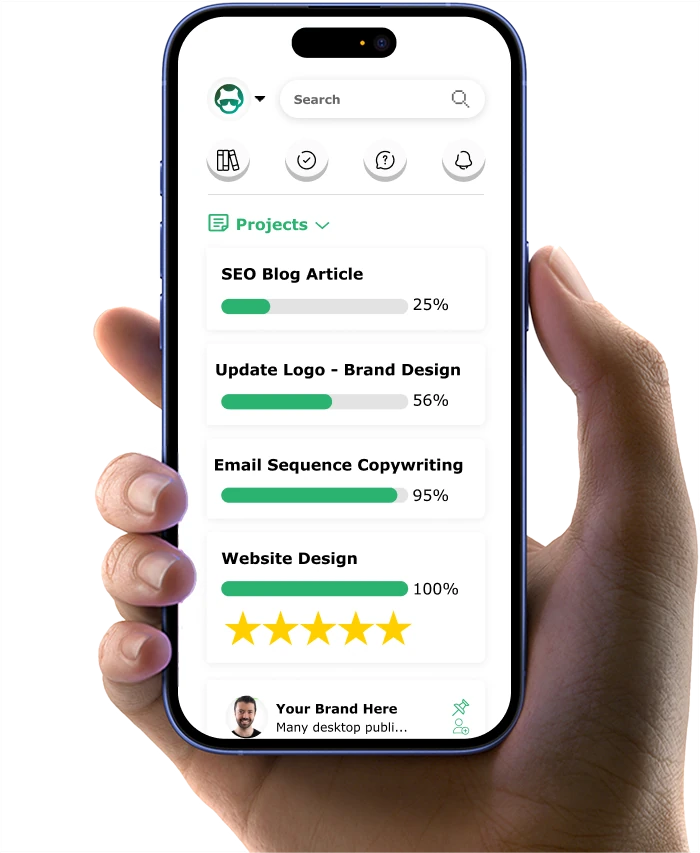Augmented Reality Shopping: The Next Big Thing in Ecommerce

Shopping online has one big problem. You can't try things on or see them in your space before buying. That's where AR in ecommerce becomes a game-changer, transforming how customers shop online.
This leads to a lot of guesswork. Will those shoes fit? Will that couch look good in my living room? Is that shade of lipstick right for me?
When customers can't be sure, two things happen. They either don't buy at all, or they buy and then return items that don't work out.
Augmented reality (AR) fixes this problem by letting shoppers see products on themselves or in their homes before buying.
The results speak for themselves: stores using AR see more sales and fewer returns. One eyewear brand added virtual try-on and watched their returns drop by over a third in just three months.
Many shoppers have experienced the frustration of ordering something online only to find it doesn't look, fit, or work as expected when it arrives. AR technology helps prevent these disappointments before they happen.
In this guide, you'll discover:
- The virtual try-on technique that slashes return rates for clothing stores
- How to use 3D views that help customers feel confident about big purchases
- The sizing tool secret that removes buying hesitation
- Ways to create digital shopping experiences that keep customers browsing longer
- Simple packaging tricks that turn one-time buyers into loyal fans
Let's start with the most effective AR feature for clothing and accessory stores...
Want to get all your marketing and funnel work done—without the headaches of hiring a team? Download our free guide: 33 Marketing Projects You Can Delegate to Growbo and discover how to save 100+ hours a month, grow faster, and scale without the overhead.
AR Shopping Trick #1: Virtual Try-On for Clothes and Accessories
Virtual try-on technology is quickly becoming a game-changer for eCommerce brands selling clothes and accessories. Instead of wondering if a shirt or pair of glasses will suit them, shoppers can see a live preview using their phone or laptop. This helps your customers make faster, more confident choices. According to PatentPC, virtual try-ons increase likelihood of purchase by 3.5x.
Brands like Warby Parker have set the standard for virtual eyewear try-on, making it easy for customers to see frames on their own faces before purchase.
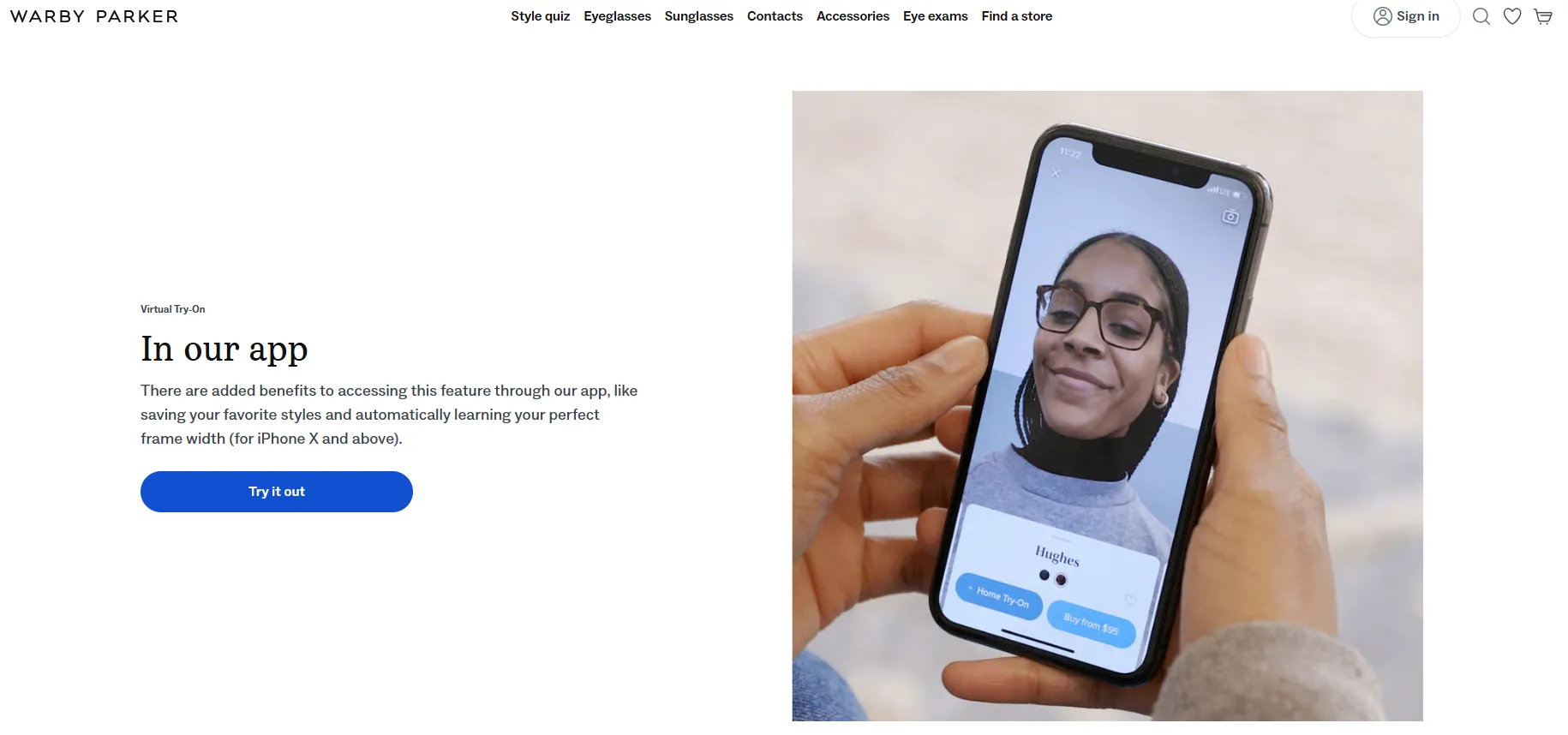
When you offer AR try-on, you reduce the guesswork. Fewer customers buy the wrong size or style, which means fewer returns and exchanges for your business. The company saw a 25% decrease in returns due to AR-guided purchases, according to SeekXR. This directly impacts your profit margins and customer satisfaction.
Traditional size charts and static images often let shoppers down. They don't account for real-world fit or how an accessory will look with different outfits. AR solves this by putting the product on the customer virtually, helping them visualize the outcome before they buy.
Case Example
One leading apparel brand introduced AR try-on for its sunglasses line. Within three months, the brand saw a 25% increase in conversions and a sharp drop in return rates. Shoppers spent more time engaging with the product and felt more certain about their purchases.
KEY INSIGHTS
- Implementing virtual try-ons can significantly boost conversion rates and reduce returns.
- Test your AR tools across devices to prevent customer frustration.
- Show customers what products look like on them, not just on models.
Try adding virtual try-on to your most popular products. Notice the change in your return rates and customer reviews.
Next, let's see how 3D product views can help you sell big-ticket items online.
AR Shopping Trick #2: 3D Product Views for Big Purchases
3D product views help your customers make confident decisions when shopping for big-ticket items online. Instead of relying on a few static images, shoppers can rotate, zoom, and explore products from every angle. This gives them a clear sense of size, style, and fit, which is especially important for items like furniture or electronics. Shopify data shows that merchants who use 3D commerce experience an average 94% increase in conversions.
IKEA’s AR-powered app lets shoppers preview furniture in their own rooms, setting a benchmark for 3D product visualization in retail.
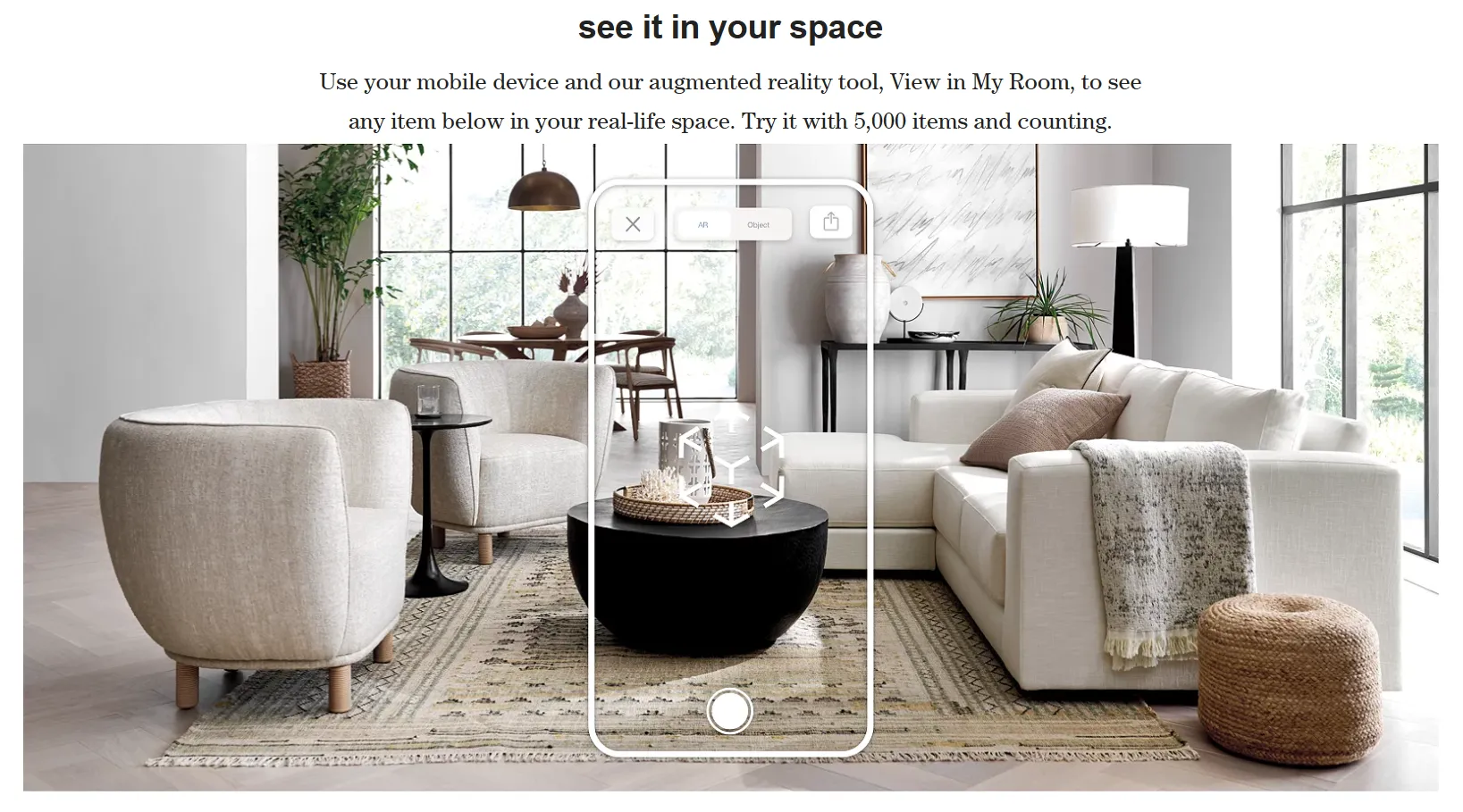
Traditional product photos often fail to show crucial details. Shoppers may worry about color accuracy or whether an item will fit their space. With 3D views, you remove these doubts. Customers can visualize products in their rooms, leading to fewer abandoned carts and less buyer’s remorse.
Quick Implementation Guide
- Identify high-value products that benefit most from 3D views.
- Work with a 3D modeling vendor or use AR tools to create detailed models.
- Integrate the models on your product pages with easy navigation controls.
- Test the experience on desktop and mobile devices before launch.
Track metrics like time on page, conversion rate, and return rate to measure impact. Adjust your approach as you collect user feedback.
KEY INSIGHTS
- 3D product views can dramatically boost sales for high-ticket items.
- Invest in detailed, accurate models for your best-selling products.
- Monitor conversion and return rates to refine your AR investment.
Next, let’s see how easy sizing and fit tools can help your customers pick the perfect product.
AR Shopping Trick #3: Easy Sizing and Fit Tools
Easy sizing and fit tools powered by AR address one of the biggest pain points in online shopping: getting the right fit. When customers can visualize how a product will fit their body or space, they’re less likely to make mistakes. This leads to fewer returns and higher satisfaction. SaleCycle data shows that 35% of abandoned carts in the fashion industry happen because the user is unsure of sizing information.
Sephora’s Virtual Artist app uses AR to help customers find their perfect makeup shades, reducing product mismatches and returns.
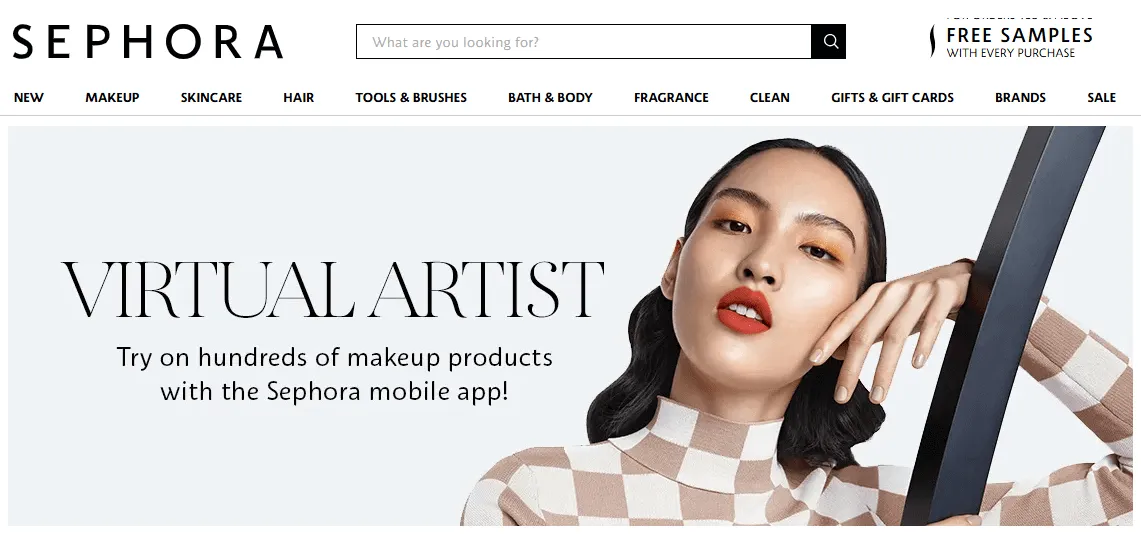
Standard size charts often fall short, especially for apparel and footwear. AR tools let shoppers compare measurements in real time or see how products look on a digital avatar. This interactive approach builds trust and makes the buying process smoother.
Decision Guide
- For apparel, consider virtual fitting rooms or body scanning features.
- For furniture, use AR overlays to preview items in a customer’s space.
- Ensure your solution integrates with your eCommerce platform and works on mobile.
Measure success by tracking return rates, customer satisfaction scores, and conversion rates for products with AR sizing.
KEY INSIGHTS
- AR sizing tools lower return rates and increase buyer confidence.
- Choose solutions that fit your product type and customer base.
- Track returns and satisfaction to optimize your investment.
Next, let’s explore how virtual storefronts create engaging digital shopping experiences.
AR Shopping Trick #4: Virtual Storefronts
Virtual storefronts bring the in-store experience online. Your customers can browse aisles, view displays, and interact with products in a digital environment. This makes online shopping feel more personal and engaging. Retailers using virtual storefronts have seen an increase in average order value.
Nike’s digital flagship stores use AR for interactive product discovery and guided shopping tours, raising the bar for virtual retail experiences.
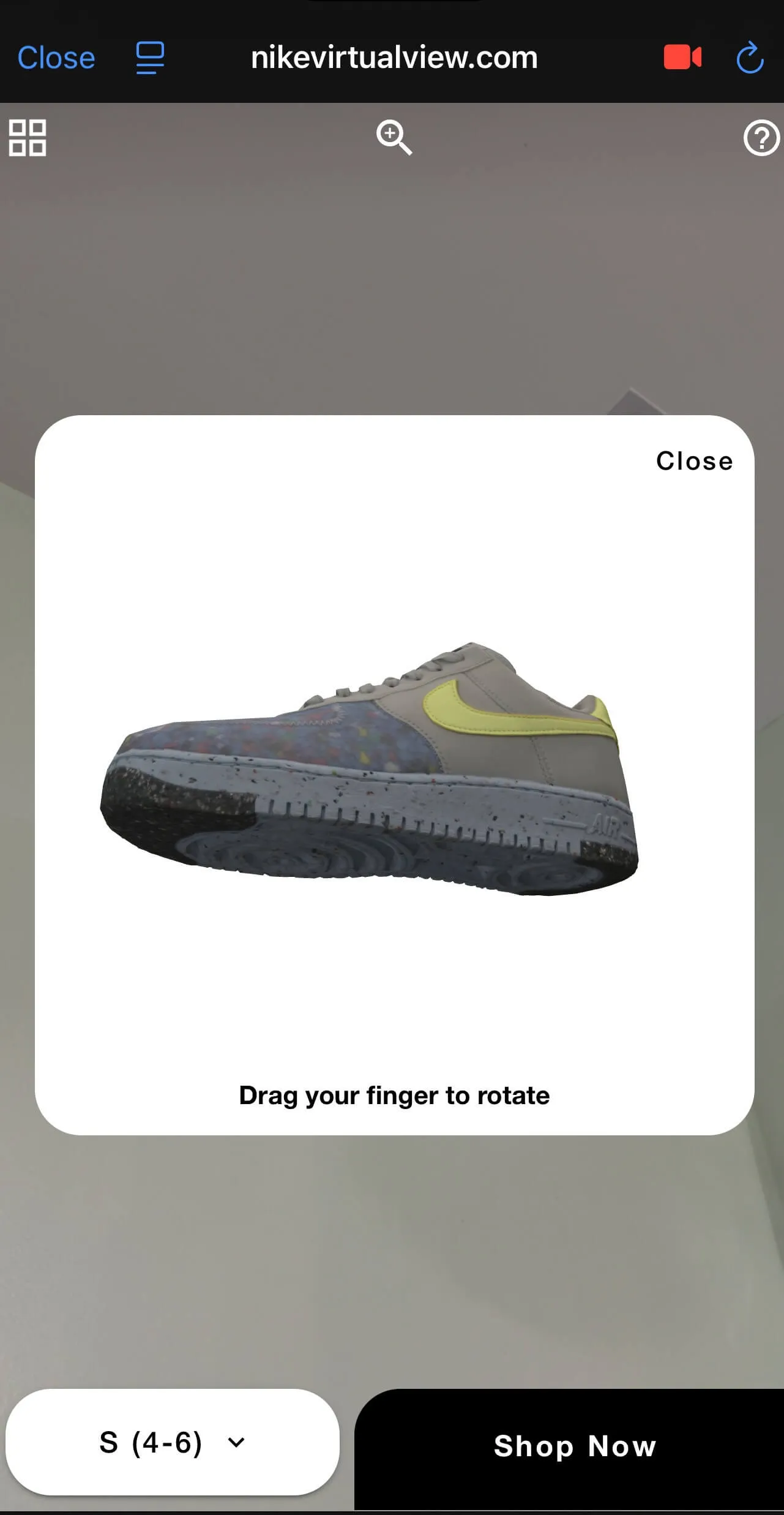
Standard eCommerce grids can be uninspiring. Virtual storefronts offer a more immersive way to discover new products and encourage shoppers to spend more time with your brand. Consider guided tours and featured product sections to help customers navigate.
Case Example
One furniture retailer launched a virtual showroom where shoppers could place sofas and tables in a digital room. The result: a 15% increase in conversions and higher customer satisfaction scores.
KEY INSIGHTS
- Virtual storefronts boost engagement and average order value.
- Use interactive layouts and guided tours to enhance the experience.
- Track session time and conversion rates to measure success.
Now that you’ve seen how to extend your brand experience, let’s move on to personalized product bundles with AR.
AR Shopping Trick #5: AR-Enabled Packaging
AR-enabled packaging adds value after the sale by turning the unboxing experience into an interactive event. When customers scan your packaging with a phone, they unlock exclusive content, tutorials, or special offers. This keeps your brand top-of-mind and encourages repeat business.
Brands like Coca-Cola have used AR-enabled packaging to launch interactive campaigns that drive social sharing and customer loyalty.

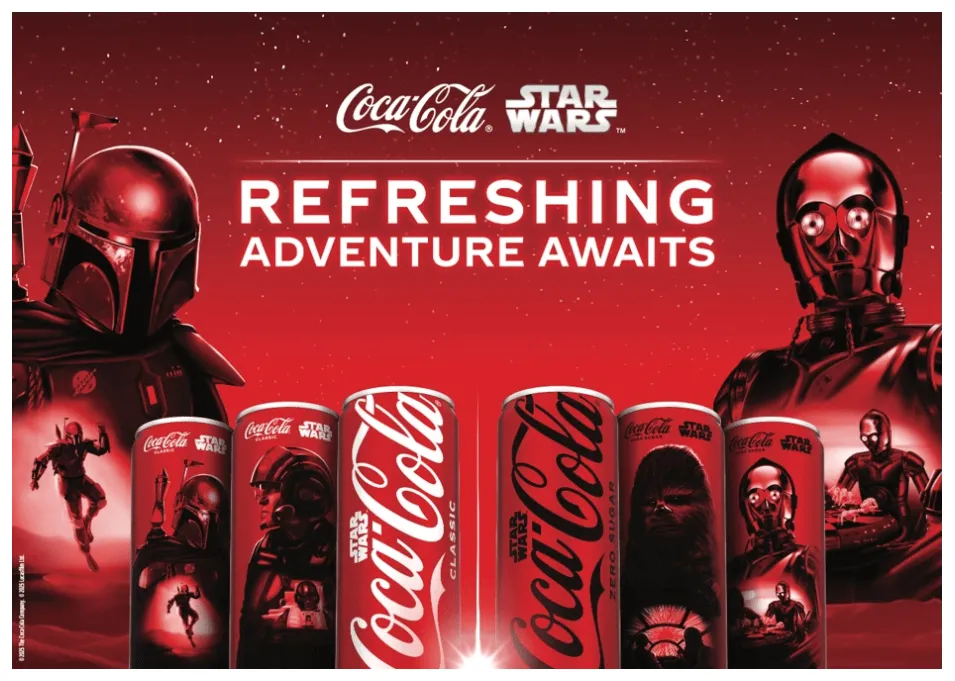
Traditional packaging often ends up in the trash. With AR, you create another touchpoint that can drive loyalty and referrals. For example, adding a QR code that launches an AR experience can boost post-purchase engagement.
Common Mistake to Avoid
Don’t make your AR experience hard to access. Use simple QR codes and avoid requiring extra app downloads. Test your AR content for ease of use and relevance.
KEY INSIGHTS
- AR packaging creates new engagement opportunities after purchase.
- Make access simple with QR codes and mobile-friendly content.
- Track repeat purchase rates and post-sale engagement.
Now, let's look at how AR can power personalized product bundles.
AR Shopping Trick #6: Personalized Product Bundles with AR
Personalized product bundles with AR help your customers see how multiple products work together before they buy. Instead of guessing if a lamp matches a sofa or if a cookware set fits a kitchen, shoppers can preview bundles in their own space using their phones. This approach reduces uncertainty and encourages customers to add more items to their carts. Research from the National Bureau of Economic Research found that effective product bundling typically increases profits by up to 30%.
Wayfair’s AR feature lets shoppers visualize furniture bundles in their homes, making cross-selling more effective and personal.
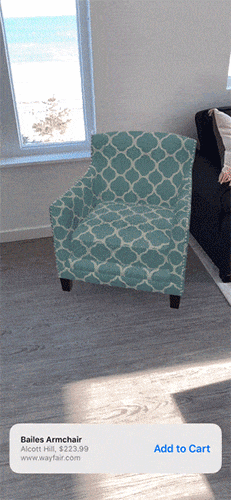
Traditional bundling often relies on static images or generic suggestions. These methods fail to show the true value of buying products together. AR bundles provide a visual, interactive experience, letting customers customize combinations and see the final look before purchasing.
Do This / Not That
- Do This: Offer interactive AR previews of bundled products /Not That: Display only static images of single items
- Do This: Recommend bundles based on browsing and purchase data /Not That: Show unrelated products together
- Do This: Let customers customize bundles in AR /Not That: Force shoppers to accept preset bundles
Measure bundle performance by tracking average order value, bundle conversion rates, and customer feedback on the AR experience.
KEY INSIGHTS
- AR bundles can boost average order value and satisfaction.
- Let shoppers preview and customize bundles to increase conversions.
- Analyze bundle performance data to refine your offers.
Next, discover how social shopping with AR can help your brand reach more customers.
AR Shopping Trick #7: Social Shopping with AR
Social shopping with AR lets your customers share virtual try-ons and product placements with their friends and followers. This user-generated content acts as social proof, building trust and encouraging others to try your products. Research shows that shoppers are more likely to buy after seeing AR content shared by someone they know.
Snapchat’s AR Lenses have helped beauty and apparel brands reach millions of new shoppers through shareable, interactive experiences.
Standard social sharing features often lack interactivity and don’t showcase products in real-world settings. AR social shopping changes this by making the experience personal and fun. When customers post AR photos or videos, your brand’s reach grows organically.
Industry Expert Perspective
Leading eCommerce marketers recommend integrating AR features with popular social platforms. Make it easy for users to share their AR experiences, and reward them with discounts or recognition to drive more engagement.
Track social shares, referral traffic, and conversion rates from AR content to measure impact.
KEY INSIGHTS
- AR social shopping drives organic reach and trust.
- Encourage sharing with easy-to-use features and incentives.
- Monitor referral and conversion metrics to gauge success.
Next, learn how AR for customer support can reduce friction and improve satisfaction.
AR Shopping Trick #8: AR for Customer Support
Using AR for customer support provides step-by-step visual guidance for product setup, troubleshooting, or care. Instead of reading through dense manuals, customers can point their phones at a product and get instant, interactive help. This reduces frustration and support call volume. Brands using AR support tools report faster resolution times.
BMW uses AR support to help car owners and technicians diagnose issues and perform maintenance, improving satisfaction and loyalty.
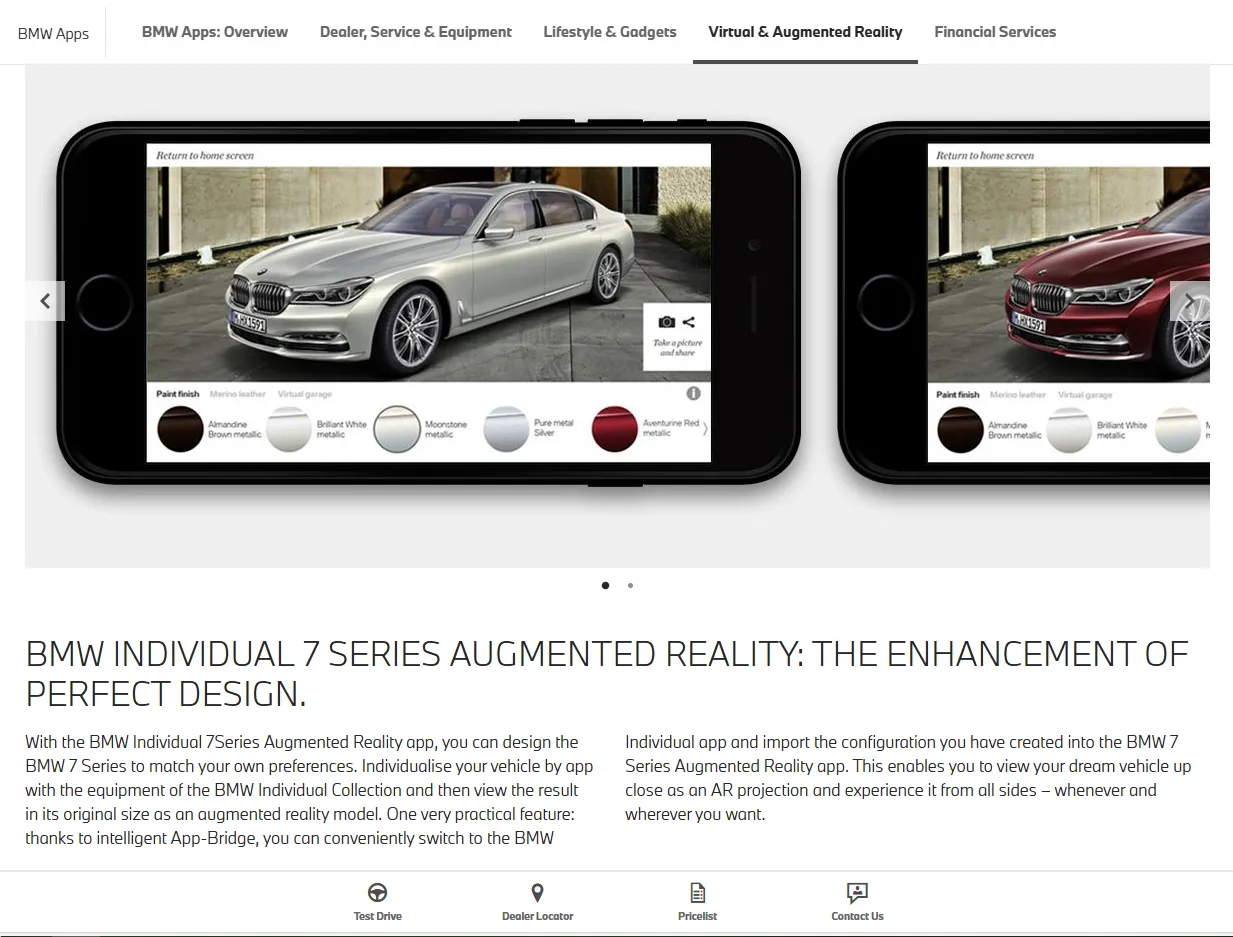
Traditional support channels can leave customers waiting or confused. AR support makes answers immediate and easy to follow, which increases satisfaction and loyalty. Customers who receive fast, effective help are more likely to buy again and recommend your brand.
Common Mistake to Avoid
Don’t overload your AR support with too much information at once. Focus on the most common customer issues and keep instructions short and clear.
Track metrics such as resolution time, support call volume, and repeat purchase rates to measure the value of AR support.
KEY INSIGHTS
- AR support cuts resolution times and boosts loyalty.
- Prioritize simple, visual help for common issues.
- Measure success with support and retention metrics.
Which AR feature do you think would help your customers most? Share your thoughts or experiences below, and keep reading to discover even more ways AR can elevate your eCommerce brand.
AR Shopping Trick #9: AR Retargeting Ads
AR retargeting ads offer your brand a powerful way to win back customers who left your site without buying. Instead of showing static banners, you can deliver interactive previews or virtual try-ons right in the ad. This makes your products memorable and encourages customers to return and complete their purchase. AR ads can increase click-through rates compared to traditional display ads.
Gucci’s AR-powered ads let shoppers try on sneakers virtually, driving higher engagement and return visits.
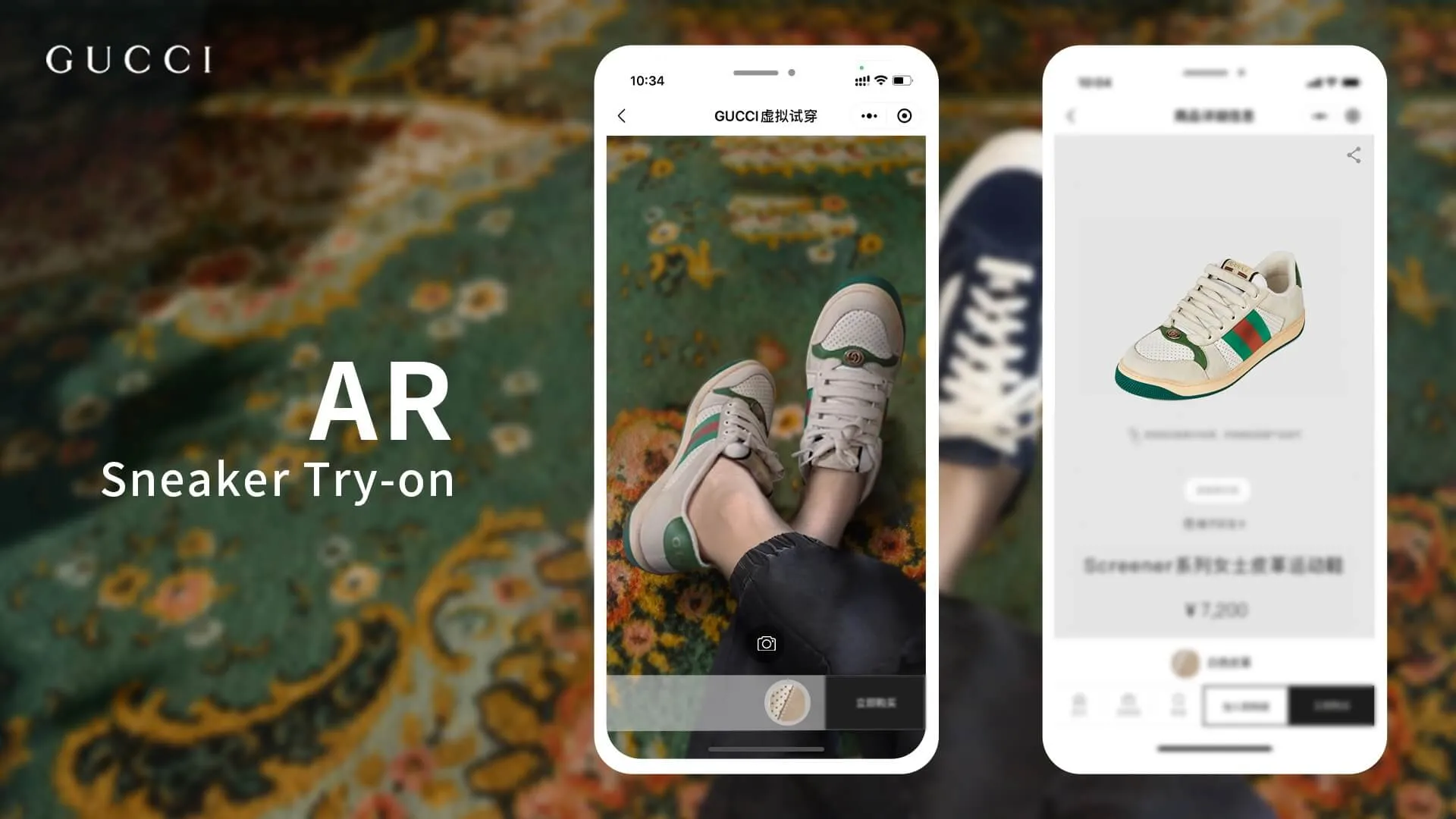
Standard retargeting often fails to capture attention or create urgency. AR ads stand out by letting shoppers interact with your products in real time, which builds excitement and trust. To get started, work with an ad platform that supports AR formats and test your creative on both desktop and mobile.
Statistical Spotlight
Brands using AR retargeting report higher conversion rates than those using static ads. Track metrics like click-through rate, conversion rate, and time spent engaging with your AR ads.
KEY INSIGHTS
- AR retargeting ads capture attention and drive higher engagement.
- Test AR creatives across platforms for best results.
- Monitor click-through and conversion rates to optimize your campaigns.
Next, see how AR-driven product education can help customers understand your products faster.
AR Shopping Trick #10: AR-Driven Product Education
AR-driven product education gives your customers hands-on learning about your products before they buy. Instead of reading dense manuals or watching generic videos, shoppers can access interactive tutorials and demonstrations right from your product pages. This approach builds trust and reduces confusion, especially for complex or technical items.
Sephora’s AR tutorials show customers how to apply makeup, while Lowe’s uses AR to guide DIYers through home improvement projects step by step.
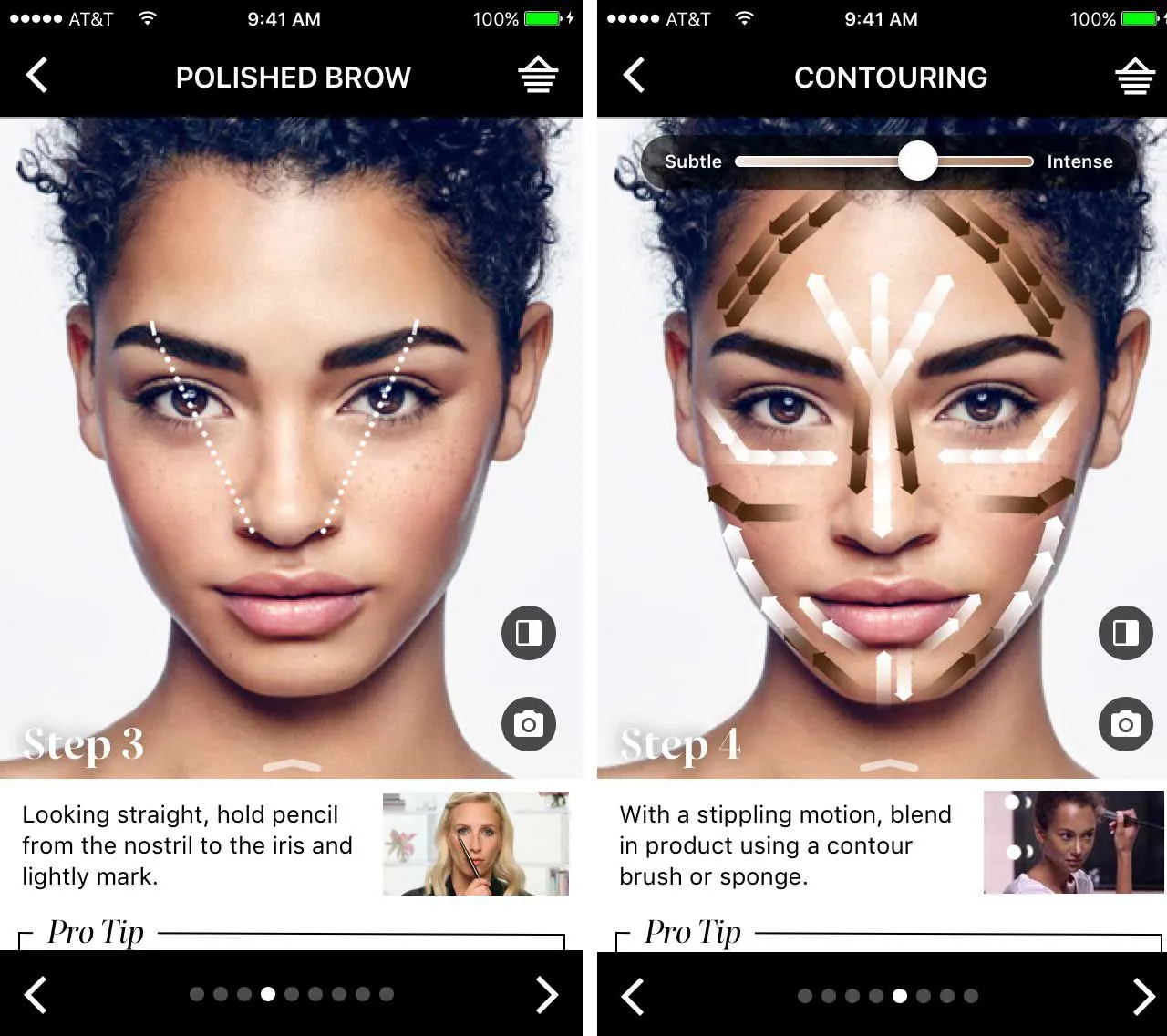
Traditional content often leaves buyers with unanswered questions. AR tutorials show features in action, answer common questions, and help customers feel ready to purchase. For example, an electronics brand might use AR to walk shoppers through setup steps or highlight unique features.
Quick Implementation Steps
- Identify your most complex or frequently returned products.
- Create short, interactive AR tutorials that address common questions.
- Embed the tutorials on product pages and test for mobile compatibility.
Track tutorial engagement, reduction in support inquiries, and conversion rates to measure success.
KEY INSIGHTS
- AR tutorials boost buyer confidence and reduce returns.
- Focus on products with the most customer questions or returns.
- Measure tutorial usage and conversion lift after launch.
Next, explore how virtual events and launches with AR can generate buzz for your new products.
AR Shopping Trick #11: Virtual Events and Launches with AR
Virtual events and launches with AR allow your brand to connect with customers anywhere, giving them exclusive access to new products or experiences. Instead of hosting in-person events, you can invite shoppers to join interactive AR events online. This expands your reach and creates excitement around product launches.
Porsche has hosted virtual AR car launches, letting fans explore new models in detail from their living rooms.
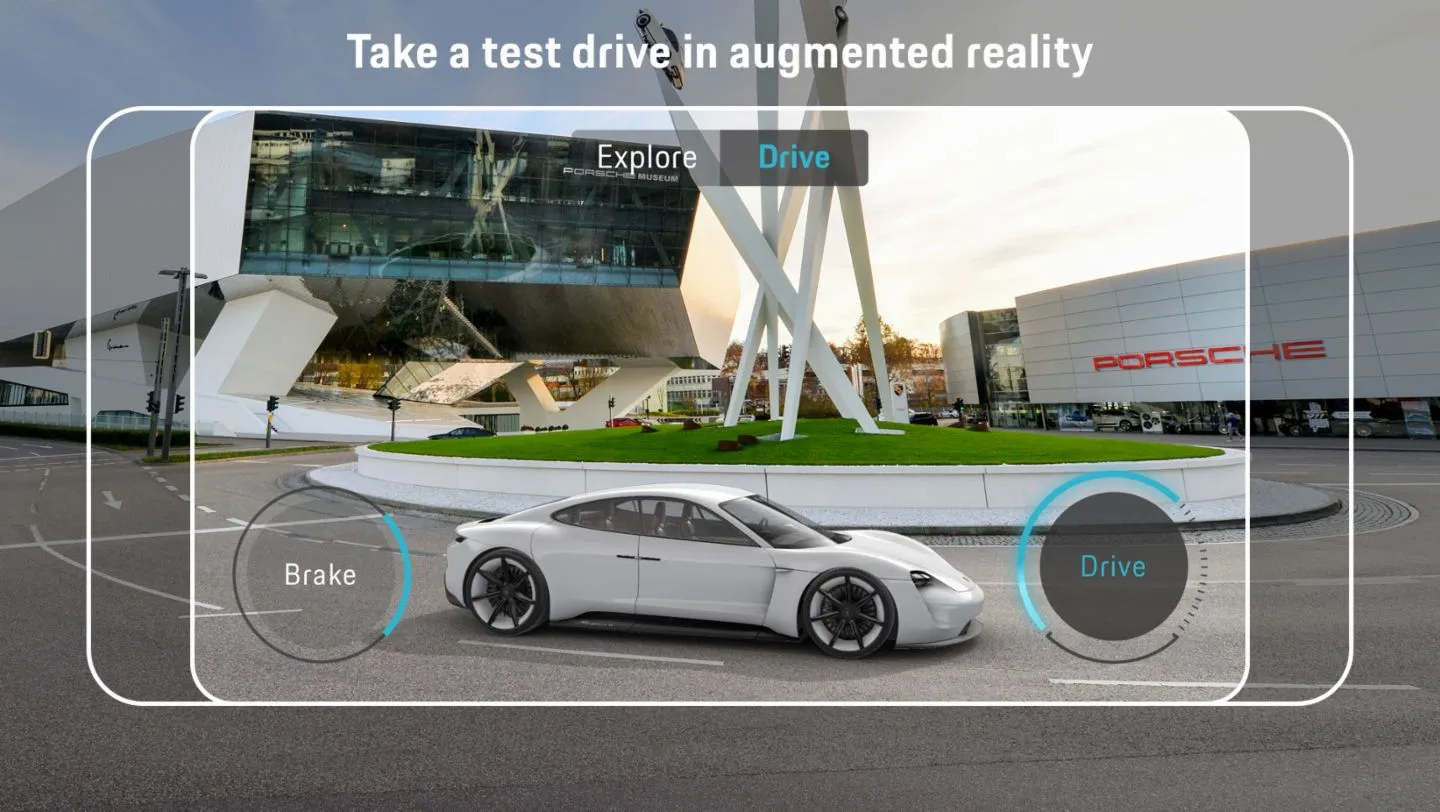
Standard webinars or livestreams often lack engagement. AR-powered events make participation fun and memorable. For example, a beauty brand might let customers virtually try a new makeup line during a live launch. Track event attendance, social shares, and post-event sales to gauge success.
Trend Analysis
More brands are using AR for virtual events as customers seek interactive, digital-first experiences. This trend is expected to grow as technology becomes more accessible.
KEY INSIGHTS
- AR events increase reach and engagement for product launches.
- Offer exclusive AR experiences to reward participation.
- Monitor event metrics and post-event sales for ROI.
Which of these AR strategies are you considering for your next campaign? Let us know which ideas you want to try or what has worked for you so far.
You've learned how AR can boost your online sales, but these features work best when you have a clear path that leads customers to buy from you.
Want to get all your marketing and funnel work done—without the headaches of hiring a team? Download our free guide: 33 Marketing Projects You Can Delegate to Growbo and discover how to save 100+ hours a month, grow faster, and scale without the overhead.
Conclusion
We've covered a lot about AR in eCommerce, and you might be thinking: "This sounds great, but how do I actually make it happen?" The benefits are clear – higher sales, fewer returns, and happier customers – but implementation can feel daunting.
You don't need a massive tech team or huge budget to add AR features to your online store. Many platforms now offer solutions that integrate with popular eCommerce systems like Shopify and WooCommerce.
Here's your practical action plan:
- Identify which products suffer most from the "I need to see it first" problem
- Choose one AR feature to implement first (virtual try-on for apparel or 3D views for furniture)
- Set clear metrics to track success (conversion rate lift, return rate reduction)
- Collect customer feedback to refine the experience
- Once proven, expand to more product categories
Still feeling stuck on how to execute this plan? That's exactly why we created Growbo. You can access our entire team of marketing specialists – including AR implementation experts who've helped dozens of online stores add these features without technical nightmares.
Our team can research the right AR solutions for your specific products, create an implementation roadmap, and even handle the technical setup. It's like having an entire marketing department on demand.
Want personalized guidance on implementing AR for your specific products? Book a call with our team today to get started.
Have you already tried AR features in your store? Share your experience in the comments!
Keep Growin', Stay Focused,
Image Credits:
1. https://www.warbyparker.com/ways-to-try?msockid=191f55ac4f40676b2c1e43844e41667a
2. https://www.crateandbarrel.com/special-features/ar-furniture/1
3. https://www.sephora.sg/pages/virtual-artist
4. https://nikevirtualview.com (mobile)
5.https://campaignbrief.com/coca-cola-and-star-wars-unite-to-celebrate-connection-in-global-campaign-via-wpp-open-x/
6.https://cdn.aboutwayfair.com/dims4/default/f08473e/2147483647/strip/true/crop/231x500+0+0/resize/462x1000!/format/webp/quality/90/?url=https%3A%2F%2Fcdn.aboutwayfair.com%2F75%2F9f%2F952486a2430e842059f5ada46f7a%2F417db3c8-1-wayfair-ar-quicklook-body-occlusion-1.gif
7. https://www.snapchat.com/lens/4f610837d8a040978995d89a8604ddf4?type=SNAPCODE&metadata=01&mt=8
8. https://www.bmw.co.id/content/dam/bmw/common/topics/offers-and-services/BMW%20Apps/Virtual%20&%20Augmented%20Reality/BMW-Apps-Individual-7-series-01.jpg/jcr:content/renditions/cq5dam.resized.img.1185.large.time1496134523632.jpg
9. https://tryon.kivisense.com/blog/wp-content/uploads/2021/10/%E5%BE%AE%E4%BF%A1%E5%9B%BE%E7%89%87_20211015151942.jpg
10.https://i.pinimg.com/originals/ab/e5/7e/abe57e2e89f2a1f0548b727e57f036d0.jpg
11. https://newsroom.porsche.com/.imaging/mte/porsche-templating-theme/teaser_720x406x2/dam/pnr/porsche_newsroom/Produkte/Sonstiges/App-Mission-E-Augmented-Reality/Galerie-EN/b-Mission_E_AR_TestDrive-(002).jpg/jcr:content/b-Mission_E_AR_TestDrive-(002).jpg



